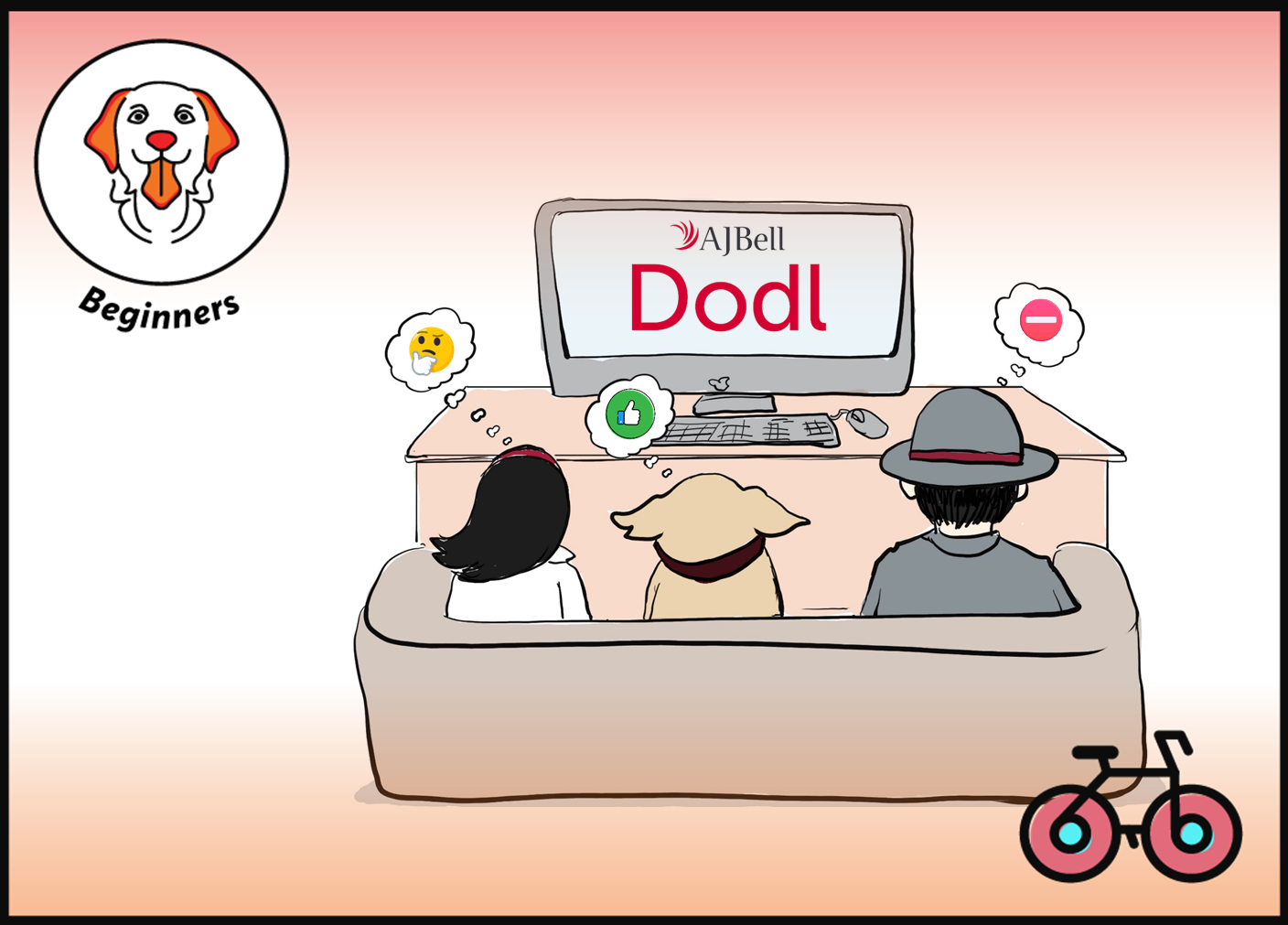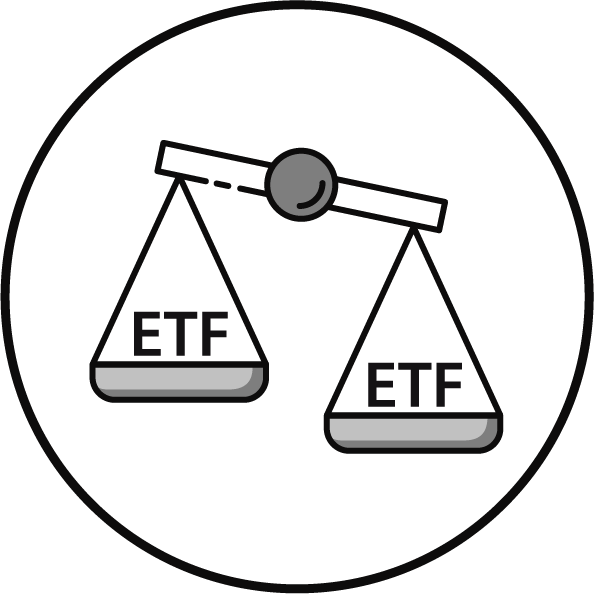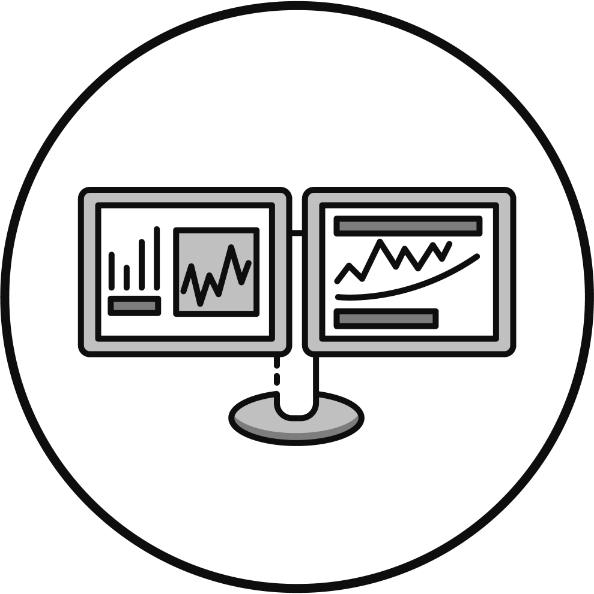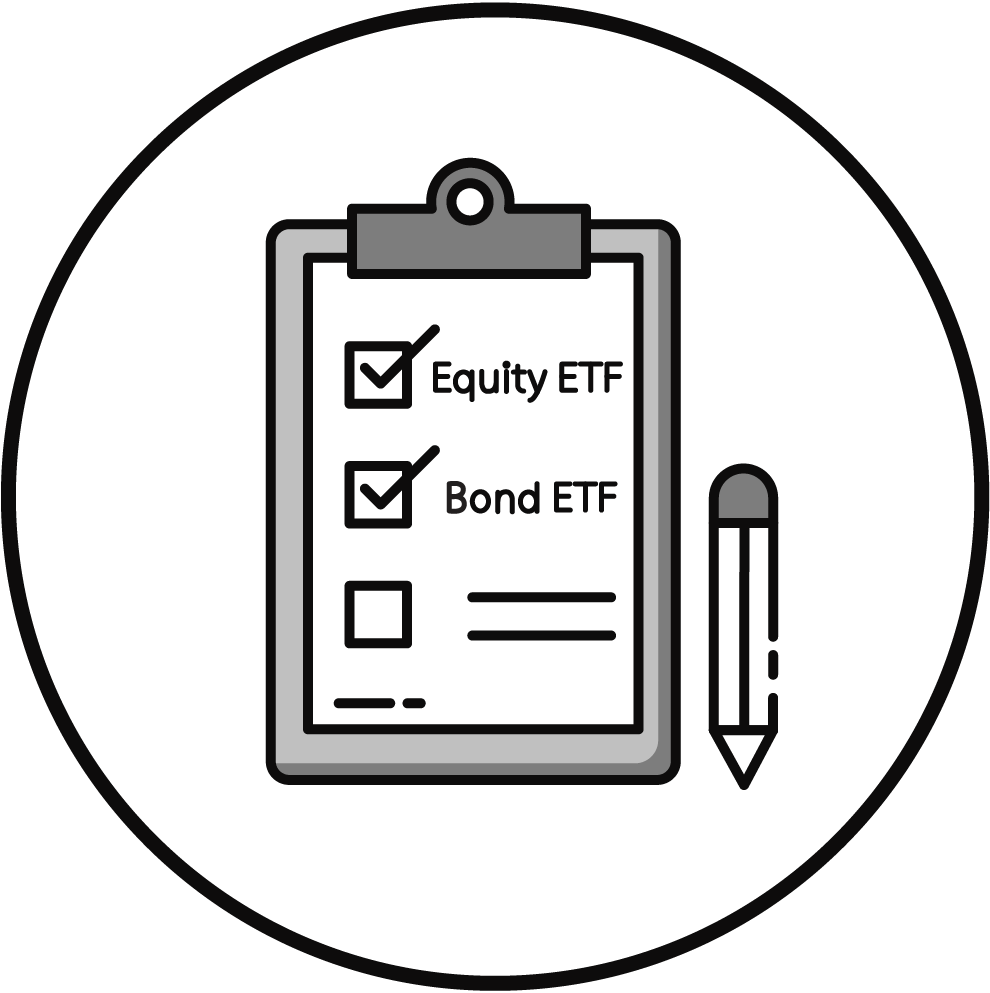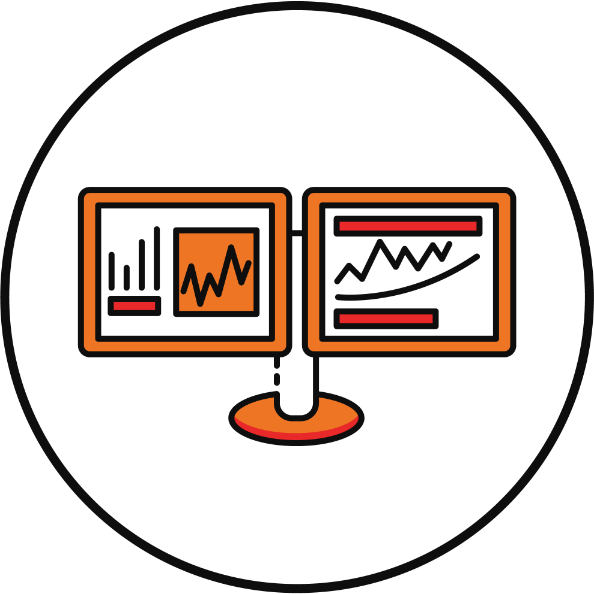Become A Passive Investing Ninja – The Definitive Guide to Slashing ETF Costs and Taxes
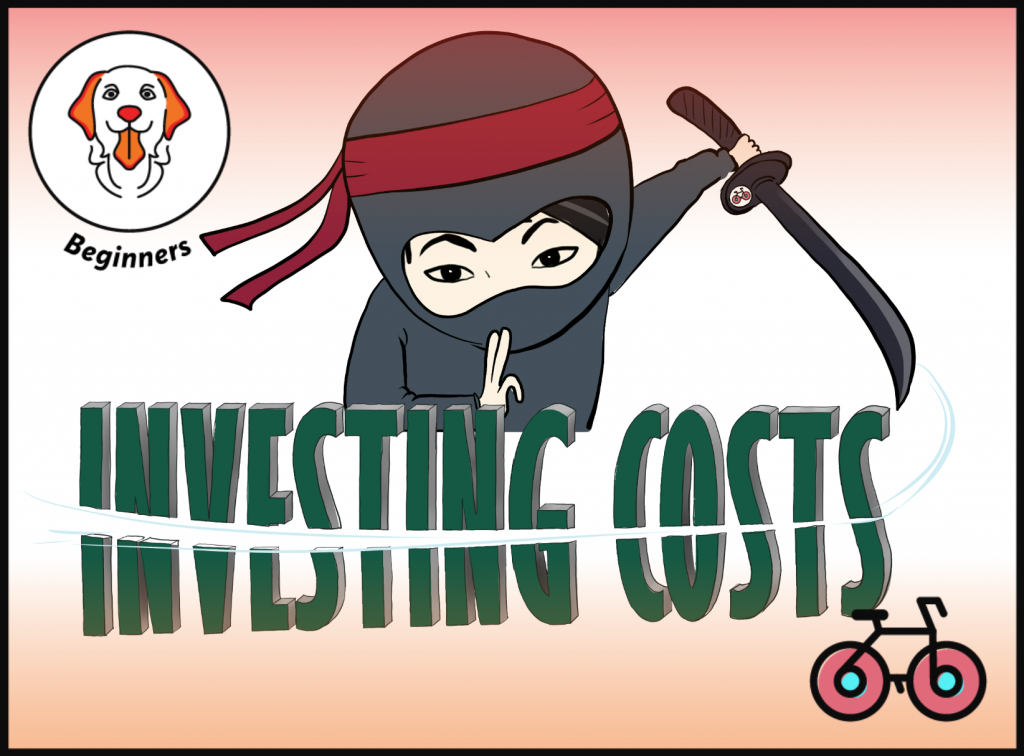
PART 1 - INTRODUCTION
This guide is Bankeronwheels.com’s deep dive into selecting cheap and tax-efficient ETF Selection. Join Kumiko (くみこ) in becoming a Passive Investing Ninja!
Why Is Our Guide Different?
A Step by Step Guide to Reduce All Investing Costs
We haven’t come across one definitive guide that allows you to become the Ninja of slashing Investing Cost.
Here is where we step in. Slashing them, one by one. Whether they are visible, or not:
- ETF Costs – by selecting the best performing ETF based on Tracking Difference and TERs.
- Taxes – Taxes owed to foreign and local governments on received dividends.
- FX Fees – Conversion fees when investing in another currency and receiving dividends.
- Invisible Costs – When trading ETFs, including spreads.
We Consider All Audiences

The Golden Retriever, aka Wise Passive Investor – A hands-off Investor, typically using a Global ETF and Fund of Funds may benefit from having some background on what affects his portfolio, but also how to find ETFs and which Asset Manager to invest with for the long run.

The Cyclist, aka Semi-Passive DIY Investor – A DIY Investor willing to customise her portfolio can probably benefit the most from guides. Understanding how to select the most cost and tax-efficient ETFs and tailor currency risk to her needs can boost the performance substantially.

The Banker, aka Evidence-Based Investor – For Advanced Investors, typically elective professional Investors within MiFID II, this guide offers indications on what to pay attention to when e.g. investing in U.S. ETFs that have several tax implications.
From Bankeronwheels.com
Get Wise The Most Relevant Independent Weekly Insights For Individual Investors In Europe & the UK
Liked the quality of our guides? There is more. Every week we release new guides, tools and compile the best insights from all corners of the web related to investing, early retirement & lifestyle along with exclusive articles, and way more. Probably the best newsletter for Individual Investors in Europe and the UK. Try it. Feel free to unsubscribe at any time.
🎁 In the first email, you can download a FREE comprehensive 2-page checklist to construct & monitor your portfolio and clean up your personal finances.
❤️🐶 Shop & Support - Celebrate our 4th anniversary! 4️⃣🎂
Spread the Golden Retriever Wisdom Across Europe & the UK 😎
Banker On Wheels is 4 years old! To celebrate our anniversary we have launched the official merchandise store – Shop.Bankeronwheels.com. You can now get your favourite Golden Retriever, or your factor tilt on a coffee mug or a T-Shirt while supporting our cause! All profits are reinvested into creating more educational content. Alternatively, you can also buy us a coffee. Thank you for all your support ❤️
What's in thIS Guide?
To Access Article click on a title below:
1. Introduction
You are reading this introduction.
This article is golden-retriever (beginner) friendly.
Before we can start slashing investing costs, we need to understand how to find them. When you read ‘Vanguard FTSE All-World UCITS ETF (USD) Accumulating’ – what does it exactly mean? What is an ISIN? What is UCITS, and why is it more difficult to find cheaper ETFs in Europe? What are the best tools?
This article is golden-retriever (beginner) friendly.
According to Vanguard research, investing through an ETF that is 0.6% more expensive than the lowest available can lower the likelihood of a successful early retirement by more than half. But how exactly should you assess an ETF’s cost? Especially when one ETF has a better historical performance and another ETF has a better forward-looking Total Expense Ratio.
With ETFs the devil is in the details. Often invisible taxes affect returns. By investing through tax-wrappers, such as an ISA in the UK or PEA in France, you can eliminate taxes owed to your government. However, you will still be subject to withholding taxes from other countries where dividends originate. Here is how to minimise them.
Compounding is a powerful wealth-creation tool. But taxes and can sabotage your plan. Typically, up to 2-3% of the 7% average annual total return from Global Stocks comes in the form of dividends. But what happens to compounding if we distribute them? Let’s look at how to optimise your ETF selection for the compounding magic to work without leaking too much in unnecessary taxes.
ETF currencies may seem confusing at first. It may seem intuitive to look for ETFs in your home currency. But this is not always the best choice. Make sure you understand the currencies you will be exposed to and hedge, if needed. Then reduce FX fees when you invest, and when you receive dividends.
How do you select the cheapest Exchange? What time of the day should you trade? What is the impact on spreads?
[Coming Soon – Subscribe 📧 to get posted when it’s available]
- ETF Names – Understand what’s in it [ABC of ETF titles per medium]
- How to Find an ETF – Example of Interactive Brokers and DEGIRO
- Which Exchange to Choose? – Example of Interactive Brokers and DEGIRO [Stockbroker.pl guide]
- Fund Sizes
- ETF Liquidity & Spreads
Good Luck and Keep’em* Rolling!
(* Wheels & Dividends)

Broker Safety: Should You Rely On Broker Insurance?

Dodl By AJ Bell Review – AJ Bell’s Younger Brother

Vanguard LifeStrategy Review – A Retriever In A Babushka Doll

Why Do Portfolio Managers Care About Factors? It’s Not What You Think.

Money Market Funds: Are ETFs The Best Bang For Your Buck Or A Risky Ride?

4 Things I Learned In 4 Years Of Running A Finance Blog
HELP US
🙋 Wondering why finding honest Investing Guidance is so difficult? That’s because running an independent website like ours is very hard work. If You Found Value In Our Content And Wish To Support Our Mission To Help Others, Consider:
- 📞 setting up a coaching session
- ☕ Treating us to a coffee
- 🐶 Purchasing Our Official Merchandise
- ❤️ Exploring Other ways to support our growth, both financially and non-financially.
DISCLAIMER
All information found here, including any ideas, opinions, views, predictions expressed or implied herein, are for informational, entertainment or educational purposes only and do not constitute financial advice. Consider the appropriateness of the information having regard to your objectives, financial situation and needs, and seek professional advice where appropriate. Read our full terms and conditions.



